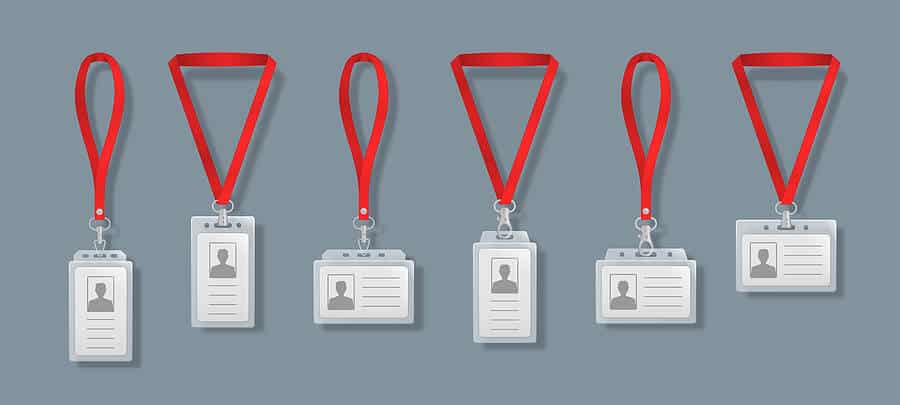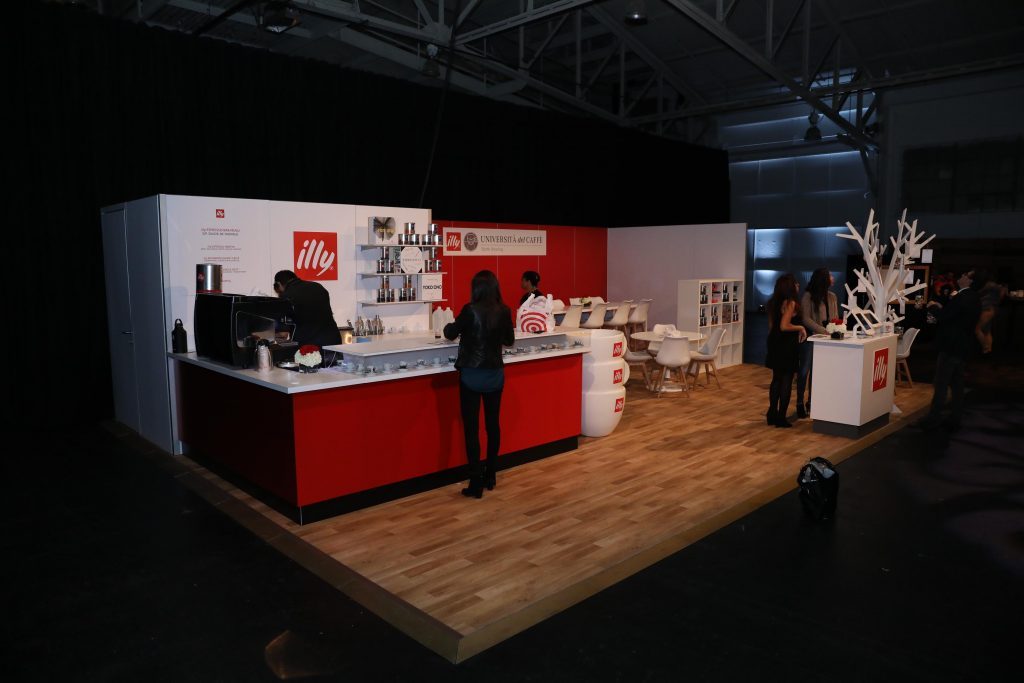Planning an event involves a wide array of tasks, one of the most important of which is developing the registration process. Event registration is often overlooked, simply because it is so essential. After all, since it’s something people have to do in order to attend, do you really need to spend much time on it?
In fact, a user-friendly registration process is vital to an event, and it benefits both you and your attendees.
Setting Up Online Event Registration: What You Need
An event registration site needs to cover two main categories:
- Information about the event
- Either an integrated registration process or a link people can follow to get to the registration page
These two things comprise your event registration strategy, which should focus on providing information about the event and on making registration as easy as possible.
Event Website
An event website has three basic purposes:
-
Capture
The first objective for an event website is to draw traffic—ideally, people who are likely to be interested in the event. There are several ways to go about driving traffic to an event website, including:
- Email marketing
- Social media
- Content marketing
- SEO
- Paid search advertising
-
Inform
The website is also an information center for people who are interested in learning more about the event. Include details about key features of the event, such as:
- Theme
- Agenda
- Content schedule
- Date and location
People who visit the site should find plenty of information to convince them it’s worthwhile to attend.
-
Convert
The third purpose of your event website is to convert site visitors into event attendees. Since the ultimate objective is that visitors register for the event, every page should include prominent links to the registration page.
More importantly, the registration process should be smooth, fast, and hassle-free. If you end up with lots of people starting registration and not completing it, it’s vital to figure out ASAP where and how you’re losing them.
It could be, for instance, that the registration process is just too long. If people have to click through multiple windows to register, they may give up altogether. To combat this, keep the process as short as possible, and minimize the number of times users navigate to a new page.
The other potential issue is website optimization. If you’re pulling in lots of visitors who are using phones and tablets, it’s particularly important that your website is optimized for mobile devices. Mobile users may find it hard to complete the registration process if the site is poorly optimized. For instance, if they have to zoom in and out of the page to fill in registration forms, they may be inclined to give up.
Using registration software with robust analytics is helpful here. If the software can tell you exactly where people are exiting the registration process, it’s much easier to find and fix the problem.

Registration Process
There’s more than one way to register attendees for an event. For instance, you might have people email to register their interest and provide payment details to purchase a ticket. There’s also the option of using something like Google Forms to create an online registration form for people to fill in.
These are simple options in the sense that they’re low-tech. However, they’ll actually end up taking more work to run because you have to manage data collection and administration. You’ll also still have to set up an additional system for collecting and processing payments. That’s why, even for small events, it’s worth taking the trouble to use a professional, web-based registration system. Why?
An online registration system saves time. The most obvious advantage is that using registration software saves time. The event registration process is fully automated. It’s faster for people to register and lets you avoid time-consuming manual processes and documentation. Automating registration frees up time to spend on event tasks that need your attention.
You benefit from easy data collection and administration. An online registration system provides a centralized portal for collecting payments and managing attendee data. You don’t have to waste any time collating and moving data because it’s already in one central location.
You get enhanced privacy and security. Online registration systems have secure payment systems and must comply with data privacy regulations. This gives you fewer things to worry about and is also reassuring for attendees who may be concerned about online privacy and security.
What to Look for in Registration Software
There are many options for event registration software, so it can take some time to find the solution that works best for your event. It’s definitely worth it to choose a platform that meshes with your needs, as it can vastly cut down on how much time you spend on administration. To find an appropriate option, think about the following points:
Budget. There are event registration options at most price points. It’s worthwhile figuring out your budget before you start, as this can help you eliminate unlikely contenders right away.
Specific goals. If you have any specific goals for the registration process, keep them in mind while you’re sorting through your options. For instance, if you have feedback from a previous event or have some specific metrics you want to improve on, these can help you narrow your focus.
Registration software features. Registration software options come with a variety of features that can make setting up and maintaining the system easier in some ways. Options include:
- Templates to speed up system creation
- Attendee categories for multiple ticketing options
- Multilingual and multi-payment options for events with global audiences
- Reports and analytics for additional attendee information
- Integrated features, such as CRM, marketing automation, or payment processing
Other considerations. Think about more than just the specific features of the software. Consider also:
- Is it user-friendly?
- Is there a customer support system?
- What’s the registration experience actually like? Make sure to test the process yourself, and ask a few other people to try it out too. Getting feedback from multiple people will help you pinpoint any rough spots. Also test the process on mobile devices and computers to rule out optimization problems.
Setting Up Manual Event Registration
Even if you use event registration software, it’s typically a good idea to have at least one alternative option for registration and collecting payments. While it’s much less common these days, there may still be some analog holdouts who prefer not to use a credit card online or who want to register by phone or email.
The event registration software you choose should have some means of entering new registrants into the system manually. This is the ideal option, as it means that once the person’s name and details are in the system, they’re treated like every other registrant.
Day-of Event Registration Options
If you’ve already put in the effort to develop an effective registration system, allowing for day-of registration at the event shouldn’t put too much strain on the event schedule. The same registration system can continue to be used on event day for online registration. And if your software allows for manual input of registration details, you can even deploy a team member at the registration/check-in area to help people who prefer to register the old-fashioned way.

Get Eyes on Your Registration Page and Boost Your Registration Numbers
Once you’ve finished developing the registration process, the next thing you need is a steady stream of site visitors to register as attendees! At this point your event marketing campaign comes into play, as you start to disseminate information about the event and get the registration link in front of your target audience. There are many options for publicizing the event registration page. You can pick and choose as many options as suit your event and target audience. Some options include:
- Craft an event email campaign with a registration link and call-to-action in each email you send.
- Add a registration link to every event-related social media post, including tweets as well as posts on Facebook, Instagram, LinkedIn, and anywhere else your event has an online presence.
- Add the link to your email signature for outgoing work-related emails.
- Check if your event registration platforms have any free or paid tools that provide additional exposure options.
Pro tip: Make sure to use a link-tracking method, so you can track how successful each method of exposure is. A simple way to do this is to use a unique tracking link for each location where you publish the registration link. All the custom URLs should redirect to the registration page, but since they’re all unique, you’ll be able to tell where your advertising is most successful.
How to Convince the Fence-Sitters to Register for Your Event
For any given event, some members of your target audience are eager to attend. They sign up right away, even before you publish the full event schedule. Others are slower to make the decision, and sometimes you need to give them a little nudge in the right direction. What can you do to get the fence-sitters to fill out that registration form and make the commitment?
Use Social Proof
When people see their peers take a certain action, it makes them more likely to follow suit. One of the most effective ways to tip the scales for fence-sitters is by leveraging the power of social proof to show that your event is already popular with their peers.
Real-time purchase popups. Many service and retail websites—even blogs—use real-time information relays to build social proof into a sales strategy. With this method, your event website displays popup messages each time someone buys a ticket. This is usually in the form of a popup message like, “Joan A. just purchased a ticket to EVENTNAME!” or, “John B. is now registered for EVENTNAME!” It’s a small addition, but one that does two things:
- It shows visitors that tickets are being sold and proves the popularity of the event.
- By showing tickets being sold, it introduces the idea of scarcity and can trigger a kind of buy-before-they’re-gone response.
One-click social media posting. Some people may be eager to share their ticket purchase with their peers. Others may not be eager but are happy to do it if you give them a nudge! The best place for this is on the post-registration page. One option is to add social media share buttons and let people write their own tweets or posts. Or you can add a widget that lets new registrants share their ticket purchase via a pre-written tweet or post. This way, you can write the content yourself, and each new ticket-buyer need only click the widget to post it to their own timeline. For instance, for a tweet, add a registration link; an event hashtag; and a simple message like, “I just bought my ticket for EVENTNAME 2022! Hope to see you there!” When people click the widget, it will automatically post to their Twitter feed, along with the link.
Send an Email Reminder
Many online retailers send shoppers emails to remind them if they have unpurchased items sitting in their virtual shopping carts. You can try the same strategy on people who click out of the registration process before they complete it. In this email, focus on reminding the reader what’s unique, exciting, and valuable about your event. Include the highlights of your content schedule, and add a video clip of your keynote speaker or featured presenter. For social proof, add a testimonial from a previous year’s attendee or speaker.
Consider Retargeting Advertising
Some fence-sitters may have gone through the registration process but balked at the last second. Perhaps there are practical reasons for this, like they had internet connectivity issues or their mobile device wasn’t displaying the registration page properly.
In some cases, it’s just that these people aren’t 100% convinced they want to commit to buying a ticket. They might be close but just need one more nudge to get them there. Retargeting is one way to up your chances of turning this “maybe” into a “yes.”
Here’s how it works: When someone visits your site, they receive a cookie that marks them as a visitor. Once they leave the site, that cookie is used to serve them related ads on other websites.
This strategy is most noticeable on Facebook, but its use isn’t at all limited to social media. You can use retargeting to serve ads on other websites too, as well as many social media platforms. Some event platforms even have features that help you streamline retargeting, by tracking incomplete registrations and letting you choose how to manage them.
A Smooth and Efficient Registration Process Helps Set Your Event Up for Success
While many factors go into building a successful event, the event registration process is where it all starts. An efficient, easy registration process gives event attendees a great first impression—and helps you secure more attendees, more revenue, and a better ROI. The team at ProGlobalEvents is well-versed in setting up registration tools that work for you and in other aspects of attendee management. Reach out to us today!









